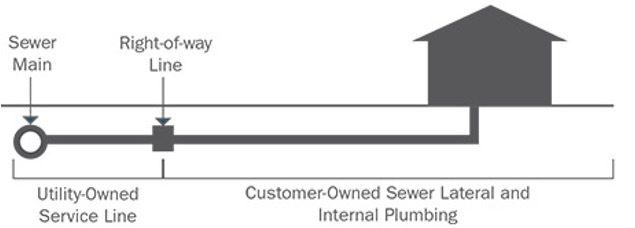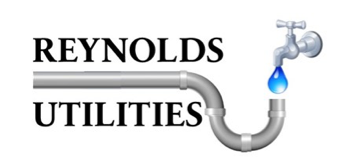Preventing Sewer Blockages and Backup
Sewage backups are often caused by an overwhelmed sewer system during heavy rains or a blockage in the system. This can include cracks due to tree roots or blockages from grease, hair, and other solid material buildups in the pipes. Sewage contains bacteria, viruses, and germs that can be harmful to your health and can contaminate the area in which the backup occurred.
Most sewer system backups are unforeseen events, and, generally, the Reynolds Disposal Company is not liable for damages.
Homeowner’s insurance does not always cover the cleanup and repairs after a sewage backup event; this coverage may have to be purchased separately. Reynolds Disposal Company highly recommends you contact your insurance provider to ensure you are covered.
IMPORTANT
If you are experiencing a problem with wastewater drainage (or back-up) in your home or business immediately call our office at (724) 646-1144. If the problem occurs outside of our regular business hours, call our office, leave a message, and you will be contacted by our on-call staff. By calling our office first, you may avoid outside contractor’s fees, Reynolds Disposal Company is not responsible for outside contractor’s fees or other costs.
Tips for Homeowners and Business Owners
- Never pour grease into sinks, toilets, or down drains.
- Allow the grease to cool and use a rubber scraper to remove the fat, oil, and grease from cookware, plates, utensils, and cooking surfaces. Then place the grease in a sealed container and dispose of it in the trash.
- If you notice a gradual slowdown in the draining capability of the entire system; you need to have it checked. Chances are your main drain pipe is about to get clogged, and hence, your sinks, showers, and other drain pipes are not draining water as they usually do.
- Install baskets/strainers in sink drains to catch food scraps and empty them into the trash.
- Please keep in mind, garbage disposals do not prevent grease from washing down the drain.
- Also, detergents that claim to dissolve grease may pass it down the line and cause problems in other parts of the wastewater system.

About the Wastewater System
Wastewater flows from the property through the customer-owned household sewer pipes to the company’s collection system (sewer pipes). The collection system then delivers the wastewater to a sewage treatment plant. The company-owned wastewater collection system that serves your property is owned and operated by the Reynolds Disposal Company. Each property is connected to the collection system via a customer-owned sewer lateral. The sewer lateral and internal plumbing is the property and the responsibility of the customer.

